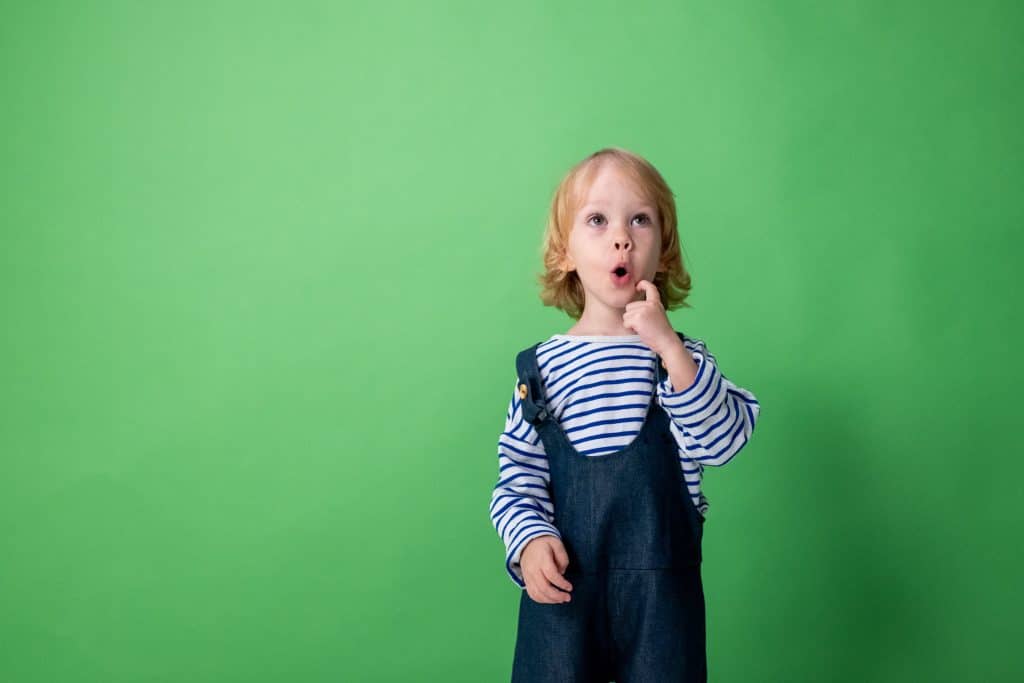As parents, we’re no strangers to the element of surprise. It is a part of our everyday lives, whether it’s the unexpected joy of a first word or the shock of a broken vase. But how can we teach our kids to understand and navigate this complex emotion? Based on our interactive Goal Mine video class, this blog post will help you guide your kids through understanding their emotion. We’ll break it down into bite-sized steps so your kids can learn to recognize, respond to, and even enjoy surprises.
Table of Contents
| Steps | Description |
|---|---|
| Step 1: What is Surprise? | Explain the concept of surprise using examples from everyday life, books, or TV shows. Make sure to mention that surprises can be both good and bad. |
| Step 2: What Does it Feel Like to Be Surprised? | Help your kids identify the feelings associated with surprise by recalling times they were surprised. Discuss their reactions and feelings during those times. |
| Step 3: How Do Others Show Surprise? | Teach your kids to recognize signs of surprise in others through facial expressions, body language, and verbal reactions. Play a game of “Surprise Detectives” using movies or books to identify characters showing surprise. |
Step 1: What is Surprise?
Surprise is a sudden, unexpected event or piece of information that can cause a range of emotions. It’s a feeling that pops up when something unexpected happens. For instance, when a balloon pops or a friend jumps out from behind a door, yelling, “Surprise!”

Teaching kids about surprises start with explaining this concept. You can use examples from their favorite books or TV shows where characters experience surprise. It’s important to explain that surprises can be good and bad and are a normal part of life.
Step 2: What Does it Feel Like to Be Surprised?
Being surprised can feel like a jolt of energy. It’s that sudden gasp when something unexpected happens or the rush of excitement when receiving a gift. However, surprise can also feel unsettling or scary, especially if it’s a loud noise or a sudden change.
Help your kids identify these feelings by recalling times they were surprised. Ask them how it felt and what they thought. This will help them understand their reactions and learn to anticipate their feelings in future surprising situations.

Read more: Parents Guide | Autism Emotions in Kids
Step 3: How Do Others Show Surprise?
Recognizing surprise in others is a vital part of understanding this emotion. People often show this emotion through facial expressions, body language, and verbal reactions. For example, wide eyes, raised eyebrows, and open mouths are common signs of surprise.

Help your kids learn to recognize these signs by playing a game of “Surprise Detectives.” Watch a movie or read a book together, and pause when a character shows surprise. Ask your kids to identify the signs that show the character is surprised. This fun activity will teach them to recognize this emotion in others and help them understand how to express their own emotions appropriately.
Goally | 100+ Streaming Video Classes
Does your child need some extra guidance on building essential life skills? Goally’s skill building tablet for kids includes a TV app that has the most robust video library of skills training videos for kids. Ranging from content like “How to Brush Your Teeth” to “How to Make Friends at School,” we have dozens of interactive video lessons for kids with thinking and learning differences.

HERE’s a video explaining how to works.
Understanding surprise is a crucial life skill that can help kids navigate their world more confidently and empathetically. By breaking down the concept into these simple steps, you can guide your kids toward a better understanding of this complex emotion. Remember, surprises are a part of life, and learning to handle them with grace is a valuable lesson for kids.

Goally
We help parents teach their kids life skills, like doing bedtime and morning independently. Backed by science, we incorporate evidence-based practices and expert-informed designs in all of our apps and content.






